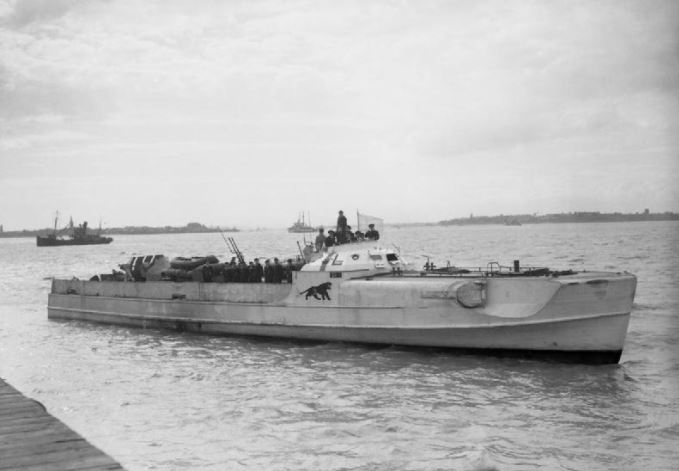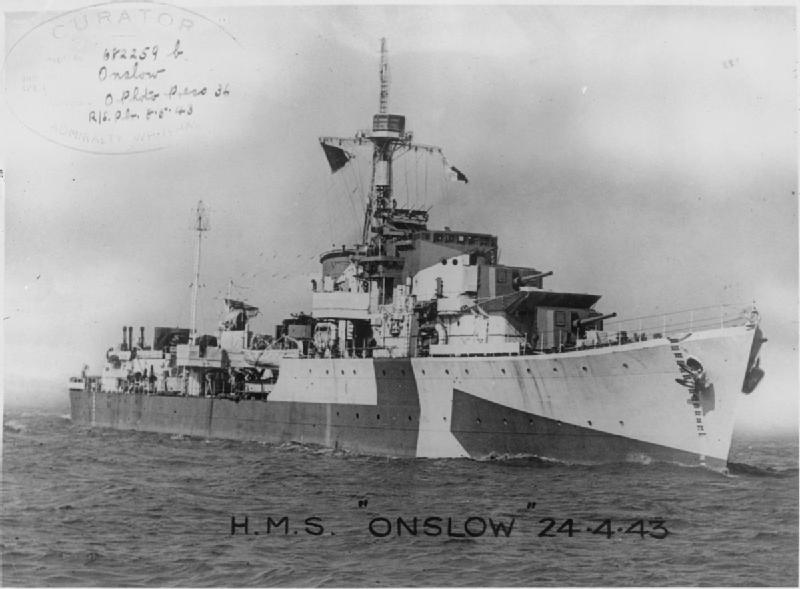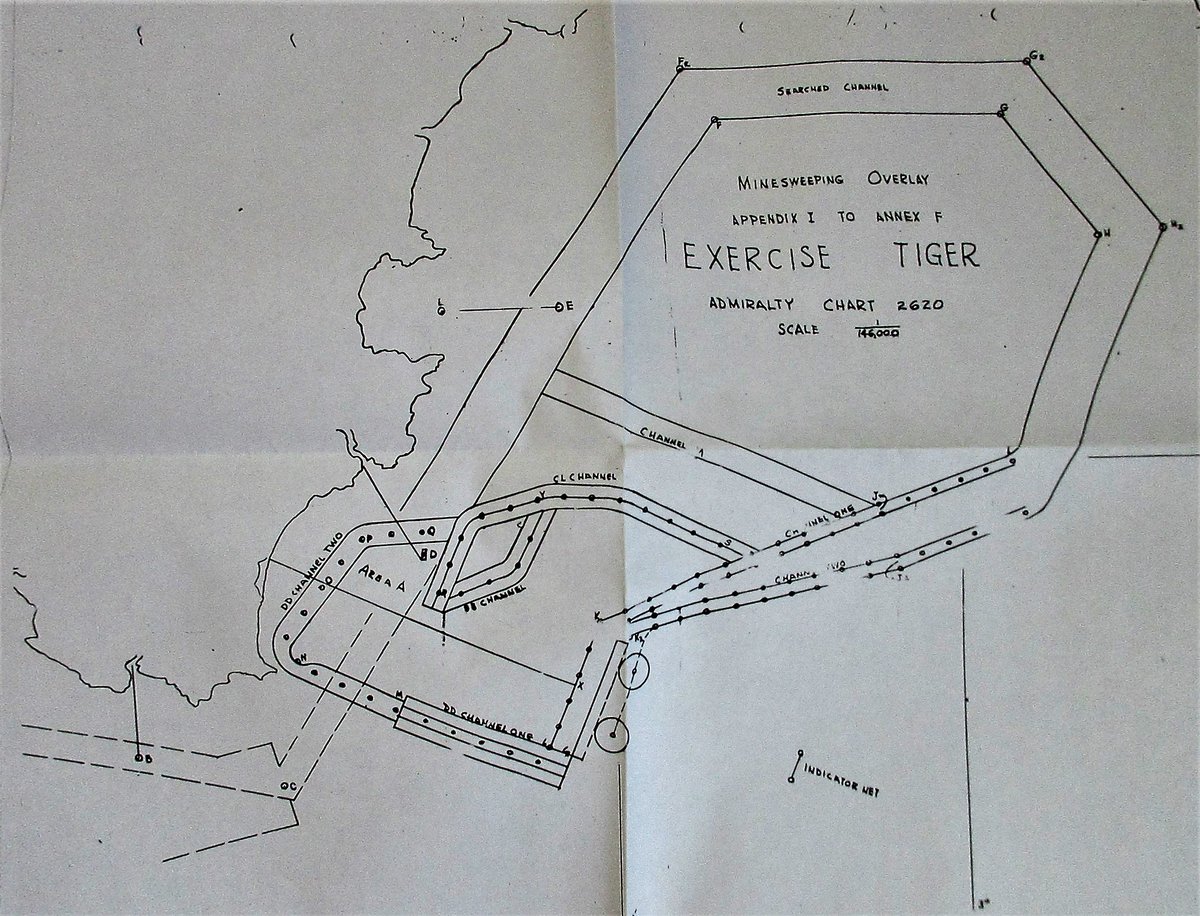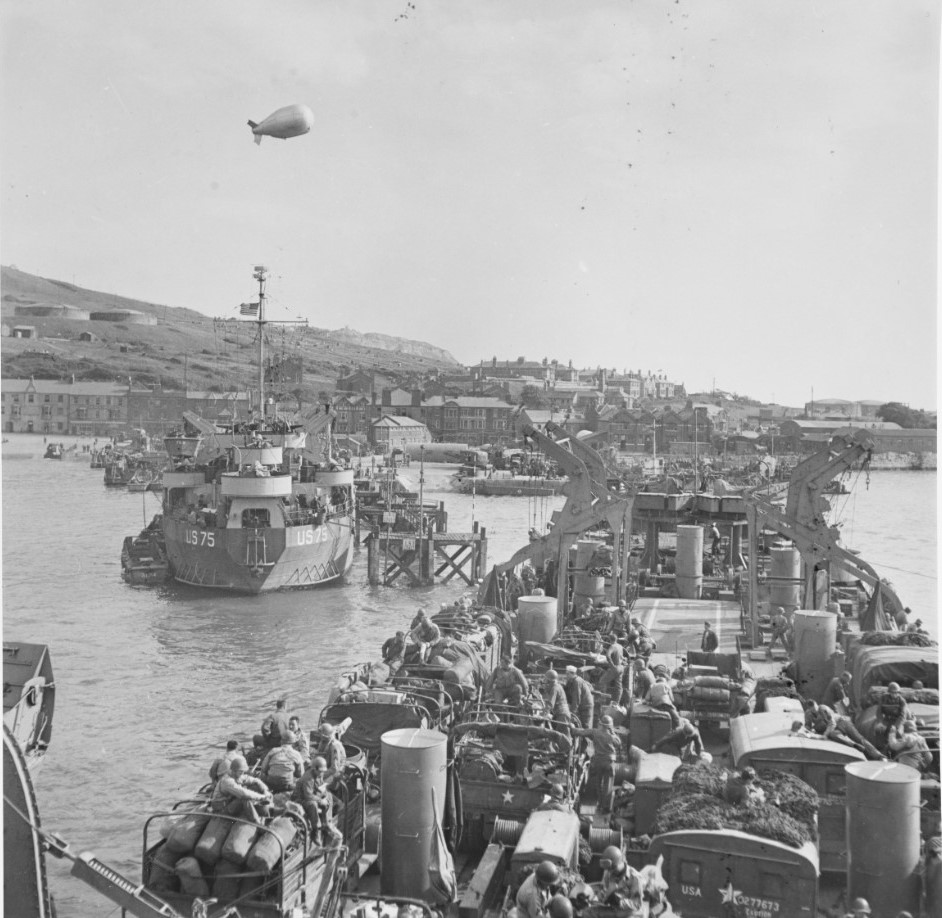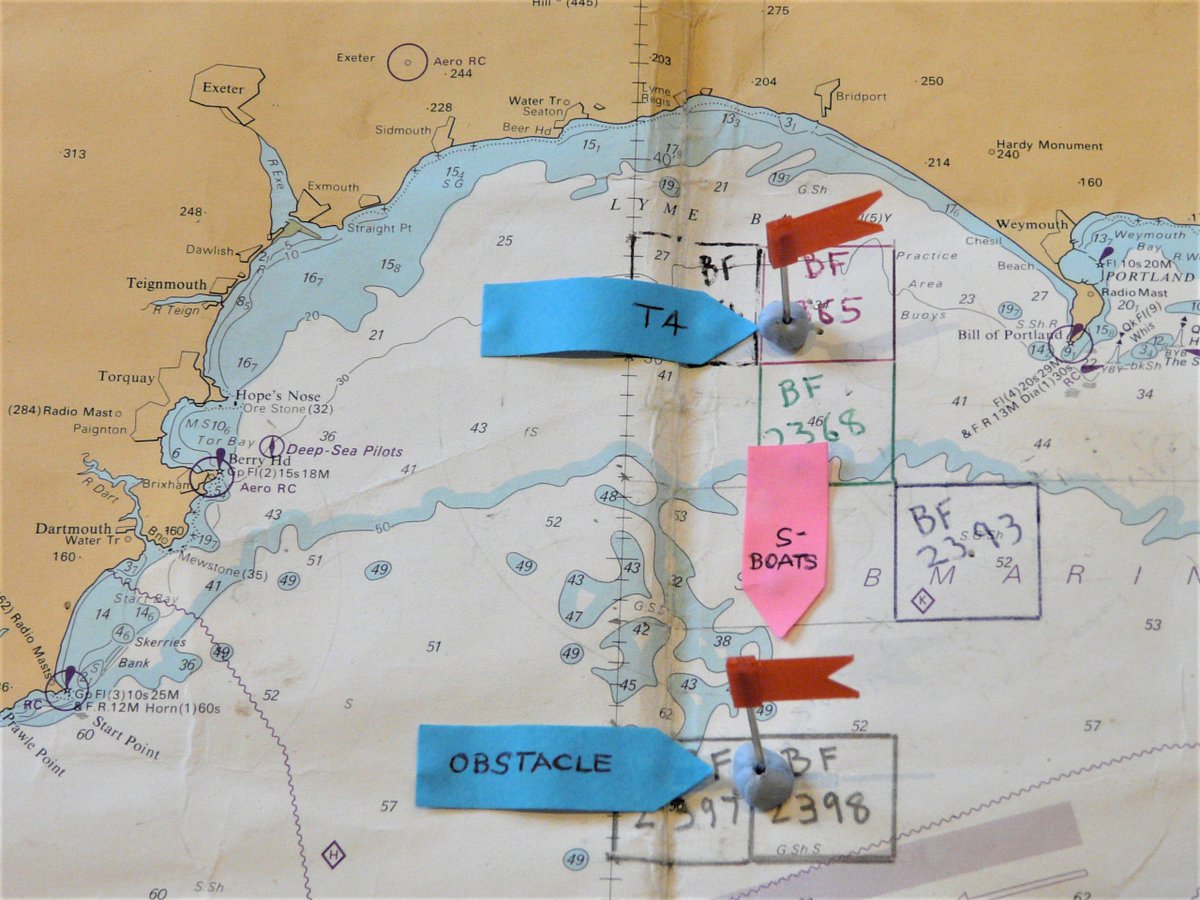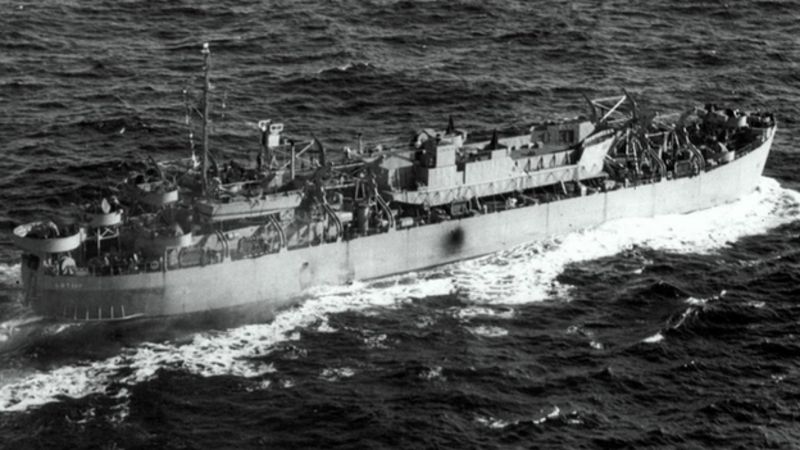Brief digest of the research I will be presenting today as part of Maritime Futures 2020. As is now well known April 27-28 a convoy of LSTs (part of D-Day rehearsal Exercise Tiger is attacked by German S-Boats in Lyme Bay). 2 ships sunk, 1 damaged-official death toll 749.
The S-Boats involved in that attack run south as British destroyers of the covering force converge from East and West to try and cut off the German forces.
At the same time as Exercise Tiger is being held in Lyme Bay with some 200 invasion craft routine East-West convoys continue to be run, but as a result of Tiger they are being run further out into the Channel to avoid the Exercise in Lyme Bay.
One convoy (codenamed Obstacle) of LSTs (part of force O) left Falmouth destined for Portland, at the same time as the T4 convoy leaves Plymouth for invasion Exercises in Lyme Bay. The T4 convoy is attacked 0200-0230 28 April.
At just after 0300 south of the T4 attack site two 'O' class British destroyers close with the three S-Boats running south that have done the damage to the T4 convoy. The destroyers open fire just as destroyers and S-Boats run into the Obstacle convoy heading towards Portland.
Both destroyers and S-Boats were unaware of the Obstacle convoy and that convoy had not received an order to turn back as the action in Lyme Bay developed after midnight.
Shells from the British destroyers go over the top of the Obstacle convoy and at one point the destroyers mistake the patrol craft escorting the convoy for S-Boats. The USN vessels turn on recognition lights before damage is done and fire is checked.
In the confusion the S-Boats escape to the South. Obstacle proceeds around to Portland where its entry into port is checked by the priority arrival of LST515 from the T4 convoy carrying wounded survivors and dead picked up out of the water.
Key question: What is the significance? If the three S-Boats had remaining torpedoes onboard (and that is unknown) Obstacle presented a second opportunity to inflict serious damage on Allied forces with potential for increased death toll and loss of ships.
The presence of the destroyers, and a desire to get home ASAP, curtailed the chances of a second attack even though it almost resulted in a friendly fire incident.
The blow to morale of a larger death toll on 28 April was undoubtedly manageable, but the loss of a larger number of LSTs would have given allied planners a real headache. There aren't enough LST's to go around in 1944 with operations in Pacific, Med and the build up to 6 June.
Churchill in mid-April deeply troubled by the shortage especially in light of the outcome of the Anzio landings in Jan 1944 (the invasion that almost failed) with shortage of LSTs being seen as a pivotal factor. The USN is significantly rattled by T4 losses.
Inter-Allied recriminations followed Tiger and a larger event that night would only have added urgency to the questions arising out of Tiger. How might Allied planners have responded to those questions?
And here is the film of this research - live from S-130 and other locations
Humbling when you have people getting up in the early hours to watch your film and listen to you speak.

 Read on Twitter
Read on Twitter